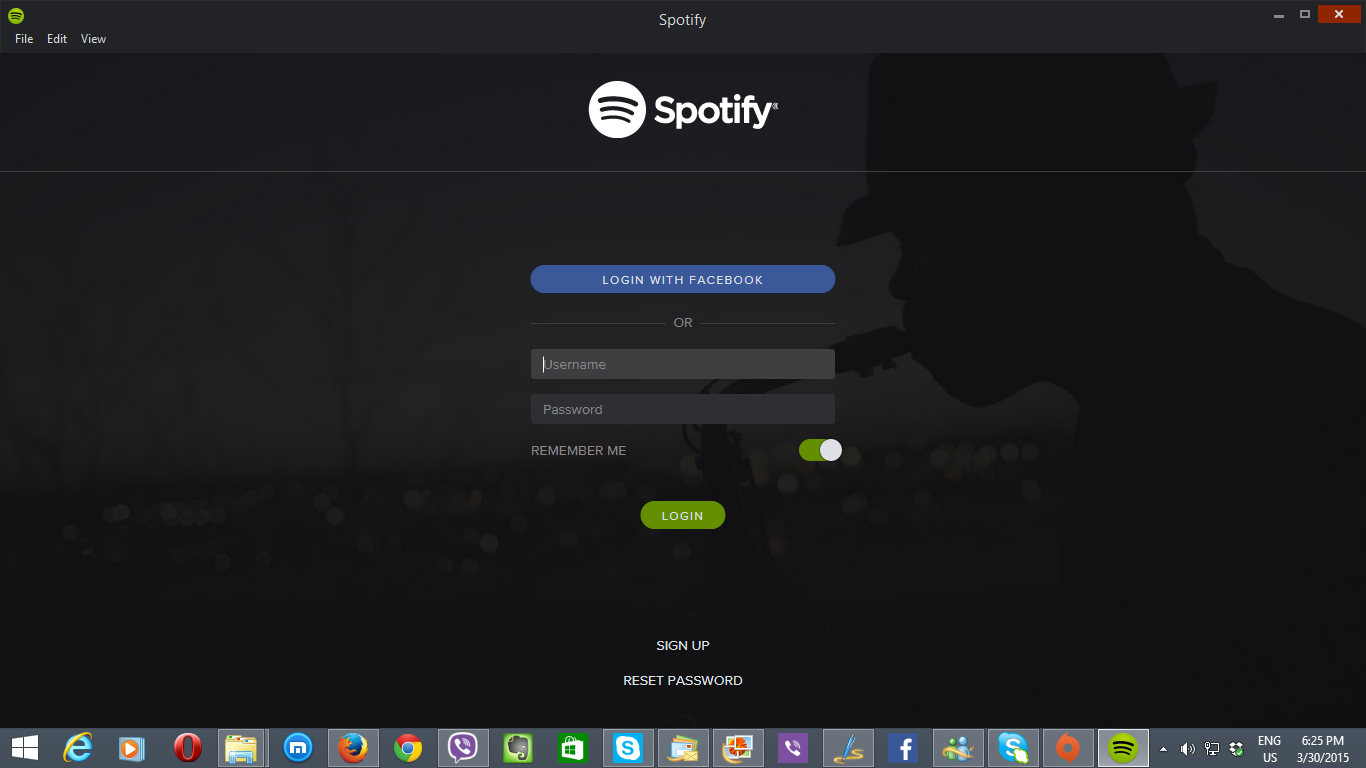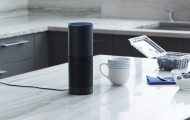Article
Electronic locks as data-analysis tools | Hotel Management
My Comments
A trend that is becoming real is for electronic door locks to serve as sensors or peripherals for other computing applications as well as performing their gatekeeping duties and is going to make this device class become a very important part of the Internet Of Things.
This has been highlighted with the hotel environment because it is often the first place that people experiences these devices when they let themselves in to their hotel room while they stay at their favourite hotel.
An increasing number of these systems work in an “online” fashion where they use technologies like Zigbee to exchange data through the building in a real-time manner. But they also keep operational data like an access log local to the lockset itself.
The new expectations for this class of online-based locking system start with the ability to notify the hotel’s maintenance department if the lockset’s batteries are becoming weak and are able to report system diagnostic issues to this same department if there are other problems. There is also the activity monitoring functionality which can augment how Front Desk or Houskeeping perform their work as well as working alongside energy-management setups to determine occupancy. As well, these locking systems can be seen as a tool to help hoteliers with their job in assuring the safety, security and welfare of their guests such as being able to detect if one or more wrong cards are tried against one or more locks or if a guestroom door is left open.
Personally, I also see the app-based ecosystem place another requirement on these locks where they have to convey user preferences to the other technology in the room. For example, the heating could be set to a particular temperature and fan mode while the clock-radio is set to wake you at a time you have set and the TV lights up and switches to a channel you prefer the moment you tap your phone on the lock and open the door.
The article determined that the core gatekeeping functionality is being reduced to a secondary role and these devices are ending up either as sensors or peripherals for various computer-intelligence systems.
But could this same trend apply to the new smart locks that are being pitched for the home? In some ways, yes!
Smart locks that connect to the home network and the Internet, typically via a network bridge, will end up being required to support working with a Web-based or mobile-based management dashboard. In some cases, they may be required to notify users of situations like whether a door is left unlocked or not, if a certain person like your teenager has come home or of system-status events like weak batteries.
Another expectation that is being drummed up is for these locks to cause heating and lighting to come on at user-preferred settings courtesy of a home-automation system or turn off the heating when everyone leaves the house. Yale even underscored the idea of one user creating multiple entry codes on their Real Living Connected Deadbolt to support “situation-specific” presets like the possibility of a particular user code that you use when it’s date night. This is because the deadbolt can be linked in to a home-automation system courtesy of an optional Zigbee or Z-Wave module.
Further expectations that would be placed on electronic door-locking devices would include integration with personnel-welfare systems such as ageing at home or independent living for people with mental disorders. Such a system could observe patterns of activity to learn the user’s normal activity pattern such as identifying that the door is opened and closed at particular times, then signal the relatives or a caregiver if activity goes against the grain, such as if there is no activity or a door is left open for too long.
The same kind of activity monitoring that is used with the hotel-based locking systems could also be implemented with residential smart locks when it comes to home-based health care and similar services. At a basic level, it could be about staff logging in using these devices when they arrive and depart for time and attendance purposes.
It shows that in some cases, your favourite hotel can be where you find yourself experience a technology that you could end up using at home.




